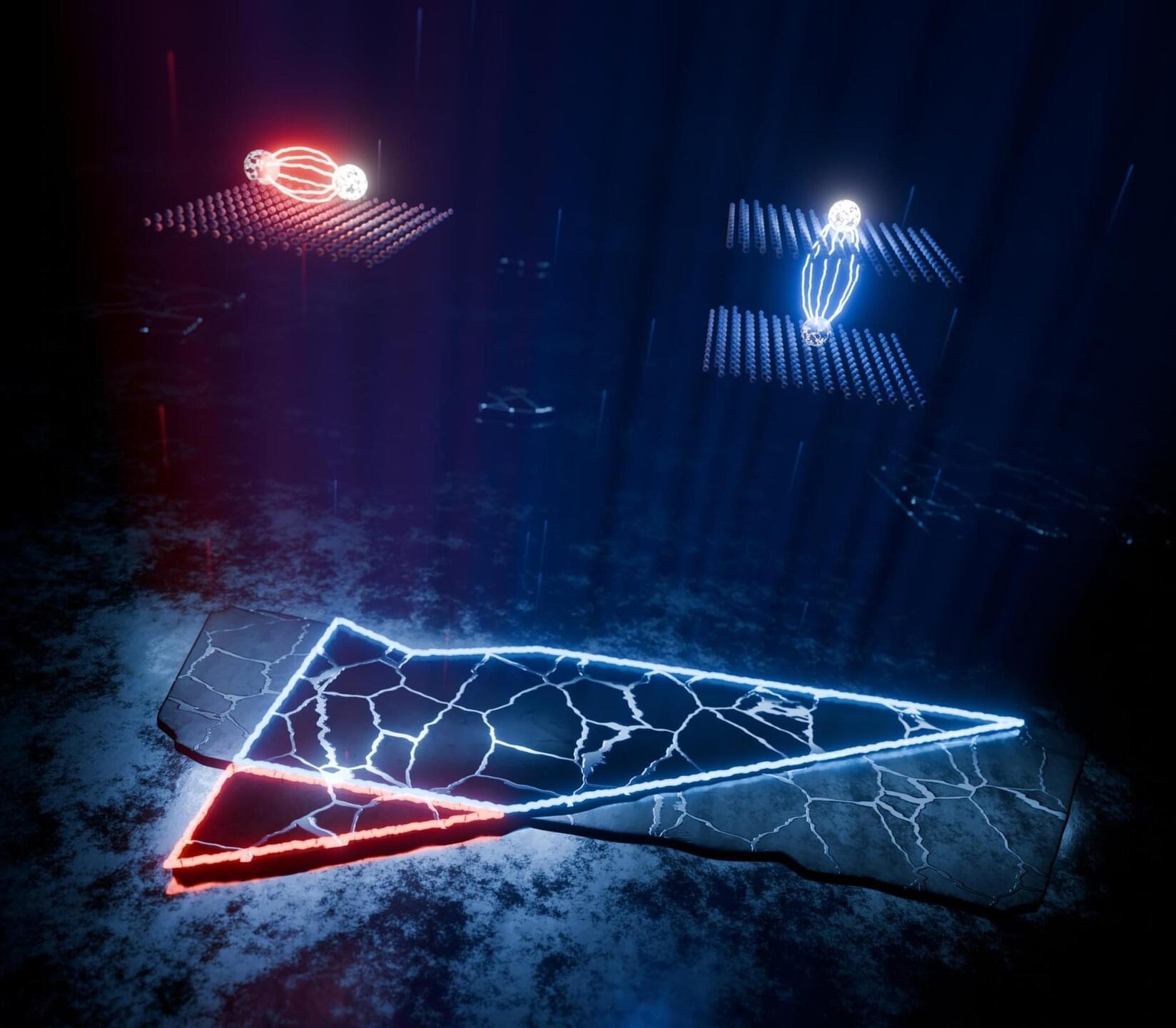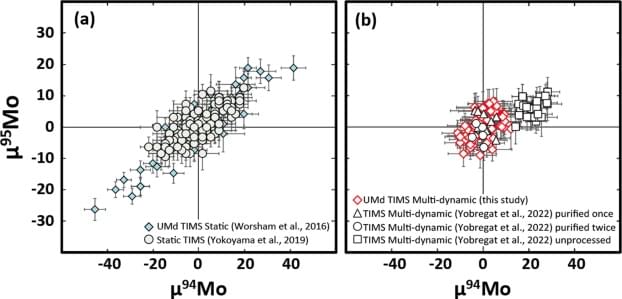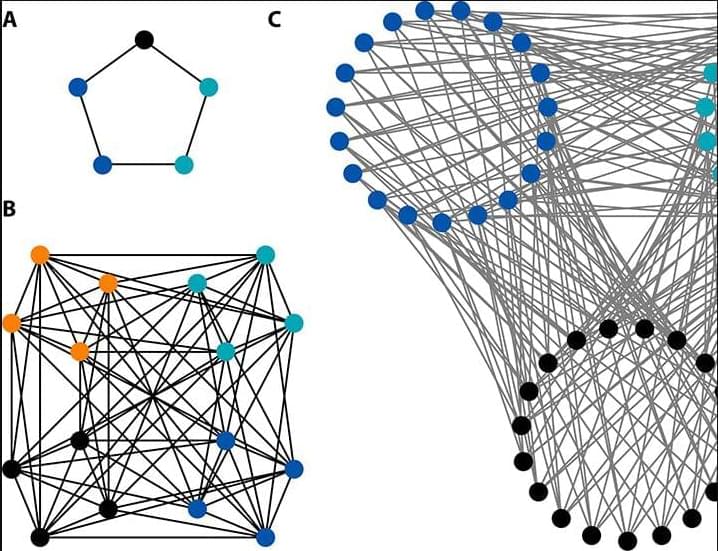Question Were the liberalization of medical cannabis and the legalization of nonmedical cannabis in Canada associated with changes in the population-attributable fraction of cannabis use disorders associated with schizophrenia?
Findings In this population-based cohort study comprising 13 588 681 individuals, the population-attributable fraction of cannabis use disorder associated with schizophrenia increased significantly from 3.7% in the prelegalization period to 10.3% during the postlegalization period.
Meaning These findings suggest that the association between cannabis use disorders and schizophrenia is an important consideration for the legalization of cannabis.









